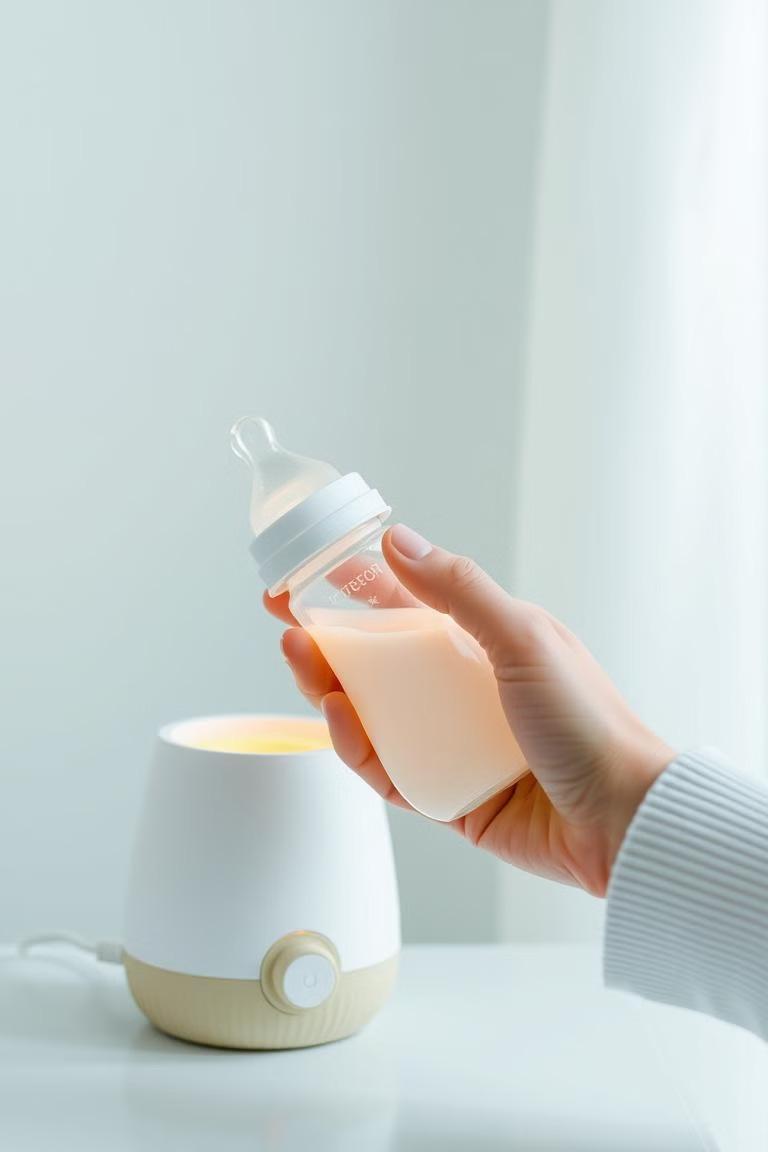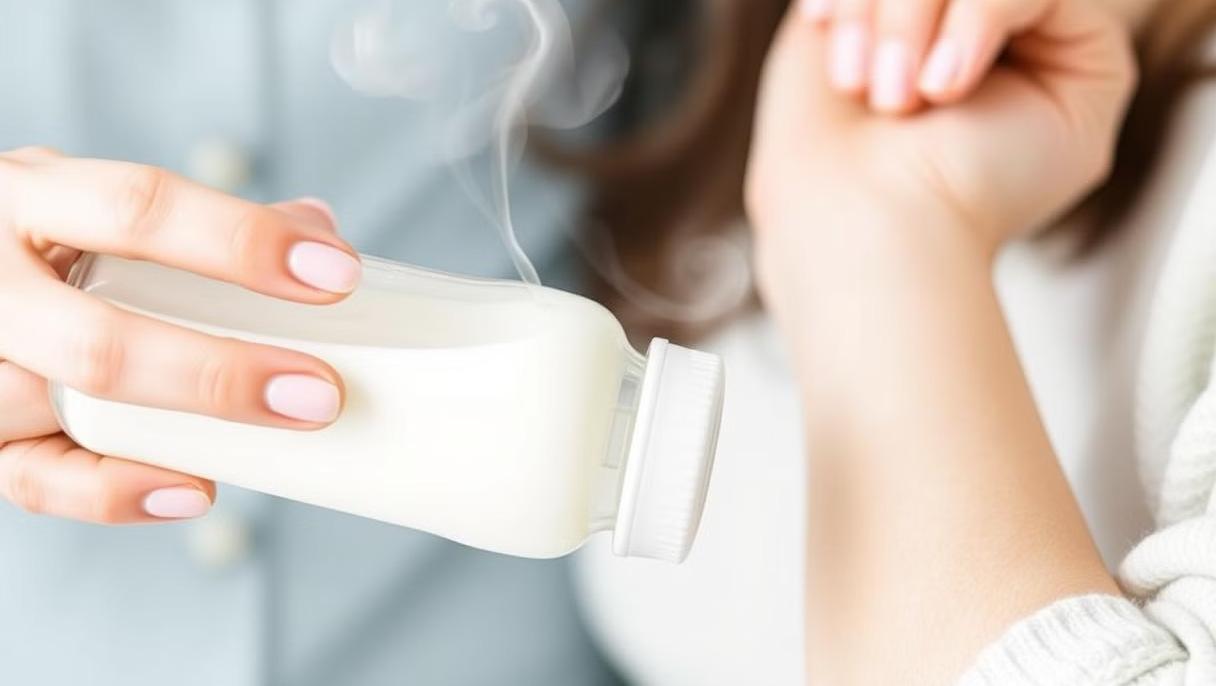Portable Baby Bottle
Warmer: A Parent's Guide
Simplifying feeding on the go. Learn everything you need to know about using a portable bottle warmer for your baby. ShopNow





Simplifying feeding on the go. Learn everything you need to know about using a portable bottle warmer for your baby. ShopNow




Warming milk helps mimic the temperature of breast milk, which is typically around body temperature. This can make it more palatable for your baby and encourage better digestion.
Using a bottle warmer ensures a consistent and safe temperature for your baby's milk. This is especially important when using formula, as it can contain bacteria that may multiply if not heated properly.



Connect the bottle warmer to a power source. Most portable models come with a car adapter for convenience while traveling.
Add Water
Pour water into the designated chamber of the warmer, following the manufacturer's instructions. The water level should be within the marked guidelines.
Place the Bottle
Gently insert the baby bottle into the warmer, making sure it is centered and positioned correctly. Refer to your warmer's manual for specific placement instructions.



For refrigerated bottles, the warming time will be shorter, usually around 3-5 minutes. Follow the instructions for your specific warmer model.
For frozen bottles, it may take longer, up to 10-15 minutes. Always check the temperature of the milk before feeding your baby.




Always test the milk temperature with your wrist or an electronic thermometer. It should feel comfortably warm, not hot.
Shake the bottle gently after warming to ensure the milk is evenly heated. Be careful of hot spots that can burn your baby's mouth.


1
Reheat only once: Do not reheat milk multiple times, as this can reduce its nutritional value and increase the risk of bacterial growth.
2
Use within an hour: Once milk has been warmed, it should be used within an hour. If not used, discard the remaining milk.
3 Refrigerate leftovers: If your baby does not finish a bottle, you can refrigerate the remaining milk for up to 24 hours.
Always reheat it thoroughly before feeding.




Most bottle warmers can also be used to warm baby food. Check the manufacturer's instructions for specific recommendations.
Always test the temperature of the baby food before feeding it to your baby. It should feel comfortably warm, not hot.
Stir the warmed baby food well to ensure even heating and prevent hot spots. Do not microwave baby food.



Warm Water Bath
1

A bowl of warm water is a classic method, though it requires more time and monitoring to ensure the milk reaches the right temperature.
If you're in a pinch, you can hold the bottle in your hand for a minute or two to gently warm it. This method works best for small amounts of milk.
While microwaving milk is a quick option, it can create hot spots. Do not microwave milk directly. Instead, place the bottle in a bowl of warm water and microwave the bowl.
